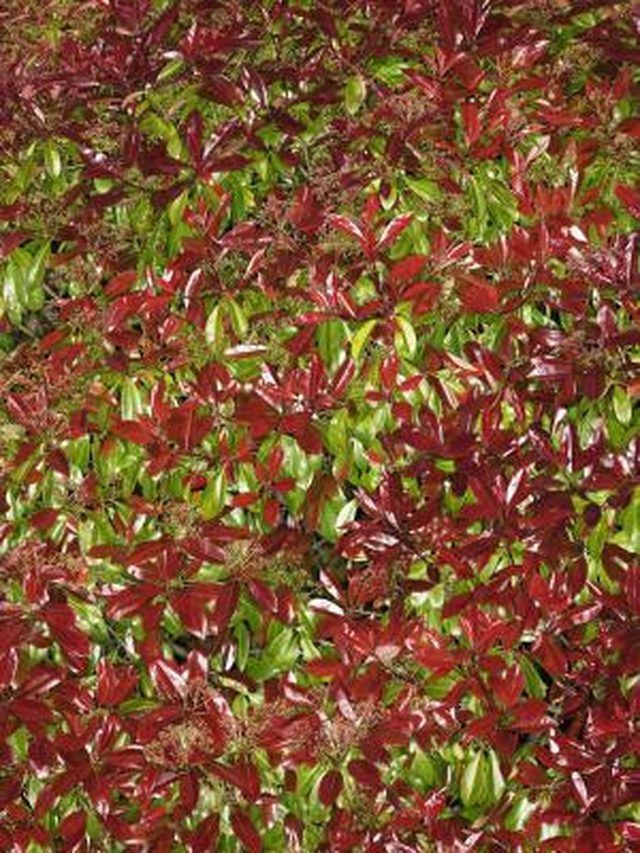Bulbs
Flower Basics
Flower Beds & Specialty Gardens
Flower Garden
Garden Furniture
Garden Gnomes
Garden Seeds
Garden Sheds
Garden Statues
Garden Tools & Supplies
Gardening Basics
Green & Organic
Groundcovers & Vines
Growing Annuals
Growing Basil
Growing Beans
Growing Berries
Growing Blueberries
Growing Cactus
Growing Corn
Growing Cotton
Growing Edibles
Growing Flowers
Growing Garlic
Growing Grapes
Growing Grass
Growing Herbs
Growing Jasmine
Growing Mint
Growing Mushrooms
Orchids
Growing Peanuts
Growing Perennials
Growing Plants
Growing Rosemary
Growing Roses
Growing Strawberries
Growing Sunflowers
Growing Thyme
Growing Tomatoes
Growing Tulips
Growing Vegetables
Herb Basics
Herb Garden
Indoor Growing
Landscaping Basics
Landscaping Patios
Landscaping Plants
Landscaping Shrubs
Landscaping Trees
Landscaping Walks & Pathways
Lawn Basics
Lawn Maintenance
Lawn Mowers
Lawn Ornaments
Lawn Planting
Lawn Tools
Outdoor Growing
Overall Landscape Planning
Pests, Weeds & Problems
Plant Basics
Rock Garden
Rose Garden
Shrubs
Soil
Specialty Gardens
Trees
Vegetable Garden
Yard Maintenance
How to Grow Photinia
How to Grow Photinia. Photinia is the genus and common name for a group of shrub species frequently cultivated as ornamental plants. All species of photinia occur naturally in temperate areas of eastern Asia and several thrive in warmer climates across North America. Perhaps the most notable and desirable characteristic of photinia shrubs is the...

Photinia is the genus and common name for a group of shrub species frequently cultivated as ornamental plants. All species of photinia occur naturally in temperate areas of eastern Asia and several thrive in warmer climates across North America. Perhaps the most notable and desirable characteristic of photinia shrubs is the coppery-red foliage they produce in spring, which earned them the common name red-tip bush. Many gardeners cultivate photinia shrubs at home for use in large hedges or privacy screens, and there is no more reliable means of propagation than through rooting tip cuttings in early summer.
Things You'll Need
4-inch pot
Soilless rooting medium
Pruning shears
0.8-percent IBA (indole butyric acid) rooting hormone
Prepare a rooting pot for the photinia cutting before taking it. Fill a 4-inch pot with commercially prepared soilless rooting medium or a homemade mix of equal parts milled coir, sharp sand and perlite. Wet the medium with 1/4 cup of water.
Take a soft or semi-ripe cutting from the tip of a vigorous photinia branch. Measure 4 to 6 inches from the tip and make an angled cut just below a set of leaves using a pair of sharp, clean pruning shears.
Pluck off the lower two sets of leaves to expose the nodes since they contain a high concentration of meristematic cells, which regulate and promote growth in plants. Dust the defoliated end of the photinia cutting with 0.8-percent IBA rooting hormone powder, paying special attention to the exposed nodes and the cut end.
Insert the base of the photinia cutting into the prepared rooting pot. Press it in until the lowest leaves rest approximately 1/8 inch above the surface of the rooting medium. Press the medium around the cutting to expel trapped air.
Place the potted photinia cutting outdoors in dappled light or light shade. Mist the cutting and the rooting medium daily to maintain a high level of humidity around the plant.
Check for roots in three months. Move the photinia cutting to a protected spot such as inside a cold frame or greenhouse if it fails to root before the end of summer. Maintain a light level of moisture in the rooting medium during the winter months. Check periodically for rooting.
Plant the rooted photinia cutting outdoors in a permanent bed the following spring once soil temperatures reach 60 degrees Fahrenheit. Water it every five days to a depth of 3 inches during the first summer, and then slowly decrease and eliminate supplemental water entirely in autumn.
Tips & Warnings
Photinia shrubs are especially susceptible to entomosporium leaf spot, a fatal fungal disease, when young. However, treating infestations promptly may save the shrub.